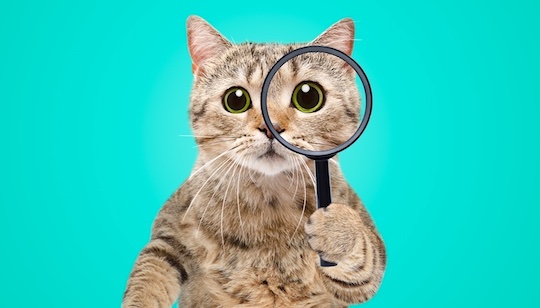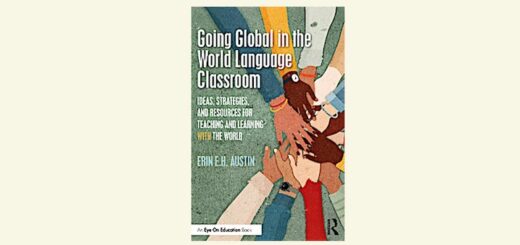Curiosity Is My Favorite Class Management Tool
A MiddleWeb Blog
 At the beginning of the school year there’s a lot of messaging floating around about classroom management: how to keep binders organized, how to communicate expectations clearly, how often to smile before December.
At the beginning of the school year there’s a lot of messaging floating around about classroom management: how to keep binders organized, how to communicate expectations clearly, how often to smile before December.
But the one piece of advice that I consistently return to almost never shows up in classroom management manuals or handouts, likely because it’s not a behavior. It’s a state of mind: curiosity.
I have a very clear memory of me, as a young student, giggling with a friend over some joke she made about a Shakespeare play we were studying in class at the time. It was a joke that was on topic, grounded in our work, and funny as heck – until the teacher loomed over us, called us out by name, and inquired with “the voice” what we were laughing about.
You know “the voice,” and its brethren “the look”: there are plenty of classroom management books I have read that advise teachers to perfect both these behaviors. What I’ve learned, though, is that the teacher who employs these behaviors indiscriminately is not a curious teacher. It is a teacher who is afraid.
If my own teacher had not been afraid of our laughter, but simply curious about it, we could have shared our joke freely. We could have had a moment that lightened the hard intellectual work of figuring out Shakespeare – a moment of connection and joy. Instead, we felt confusion and shame.
Combine this dynamic of fear with our middle school students’s struggles. They are still trying to figure out how to handle challenges with grace, express their emotions with social sensitivity, and literally can’t yet tell their pencils from their pinkies sometimes. The result can be a continual mismatch of action and reaction, where students assume that their mistakes will be interpreted in the worst possible light, and teachers assume “worst intent.”
When curiosity saves the cat (or the middle schooler)
Now that I am a teacher too, I try to notice quickly when my fear overwhelms my curiosity. It’s more often than I’d like. But I also try to notice what happens when I react to a stimulus from a student with the genuine question, “I wonder what’s going on there?” (Curiosity, as with so many aspects of the teacher-student relationship in middle school, cannot be faked. Fake curiosity stands out to middle schoolers like a neon crossing guard vest.)
So when a student I don’t know well (this just happened yesterday) slaps her desk angrily during a quiz and huffs at the top of her lungs, “OH MY GOD,” something magical can happen when I go over to her quietly and ask, “What’s up?” instead of instantly shushing her or pulling out “the look.”
“I wrote down the WHOLE WRONG THING,” she said, erasing an answer furiously. It was clear she was not trying to be rude or disruptive; instead, she was trying to handle a frustrating moment during a task that she wanted to do well. It is only because I am 52 years old that I don’t slap my desk when I myself write down the whole wrong thing.
Curiosity helped me comfort and redirect that student, keeping our interaction on what some intervention systems call a “Tier 1” level, instead of giving her an unwarranted message of exceptionalism, containment, and blame.
In my experience, most concerns I have about student behavior stay at Tier 1 when I greet them with curiosity. This also helps me stay internally at Tier 1: I sidestep living in a continual place of stress, my teaching days are calmer, and I can typically count my onerous written disciplinary referrals on one hand each year.
Not every management situation involves an innocent mistake from a student, but in middle school, I will venture to say that most of them do. Making curiosity a management habit of mind allows both student and teacher to reap the rewards.




































This is a great reminder to all humans — not just middle level educators! Having a genuine interest in what makes people “tick” yields countless insights into their behavior choices and is invaluable for making those all important connections. You have a way of making powerful observations with simple stories, Dina!
You’re so kind, as always, Debbie. :)
So, so good. Please submit this to the NYT for all humans. This is transformational.